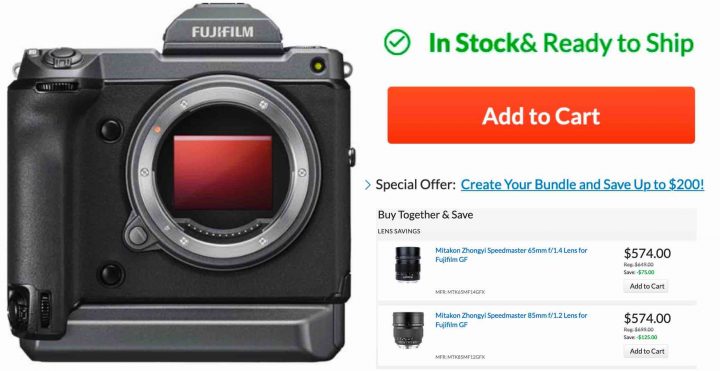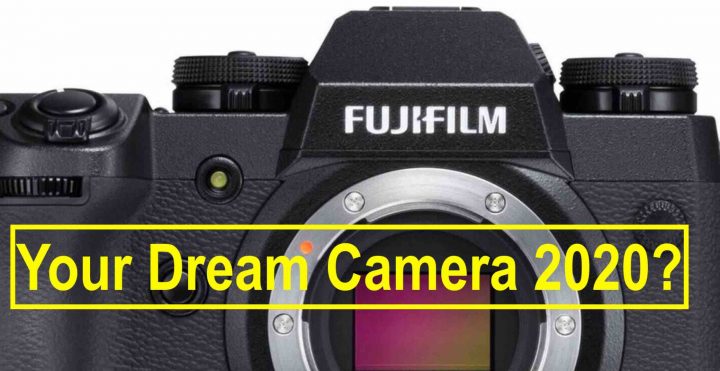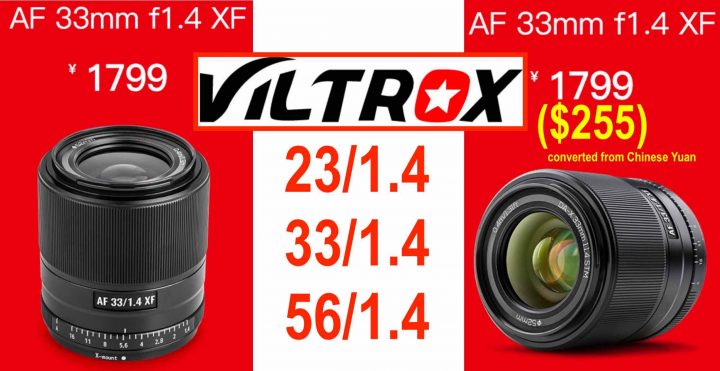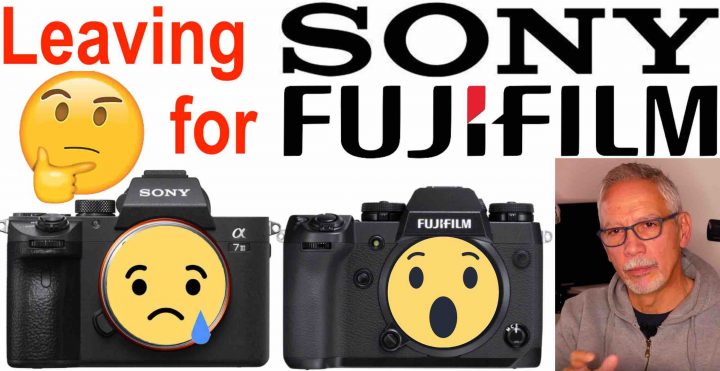Fujifilm Colors are Amazing, Says This Guy After Switching from Canon to Fujifilm GFX100
Photographer Samuel Elkins runs a popular youtube channel, and he recently purchased the Fujifilm GFX100.
He comes from full frame Canon, so his expectations where high, especially in terms of colors.
In the video, he goes over 4 images that he imported in Lightroom.
First he noticed that, when he turns the exposure sliders, the images “react so well” and he has never seen his Canon files react that good. He concludes that this is probably because the “image quality is off the charts. I think a lot has to do with the 16bit color depth.” on the GFX100.
He edits his images for about 20 seconds, but then remarks:
I want you guys to notice, how good it looks, just right out of the camera. Great skin tones. Great dynamic range. Great colors.
Overall he seems to experience what many Fujifilm shooters are already familiar with: faster image editing thanks to the great Fuji files out of the box.
IN STOCK NOW: Fujifilm GFX 100: B&H Photo, AmazonUS, Adorama, Focuscamera
The GFX Community
Follow FujiRumors on Facebook, Instagram, RSS-feed, Youtube, Flipboard and Twitter.





